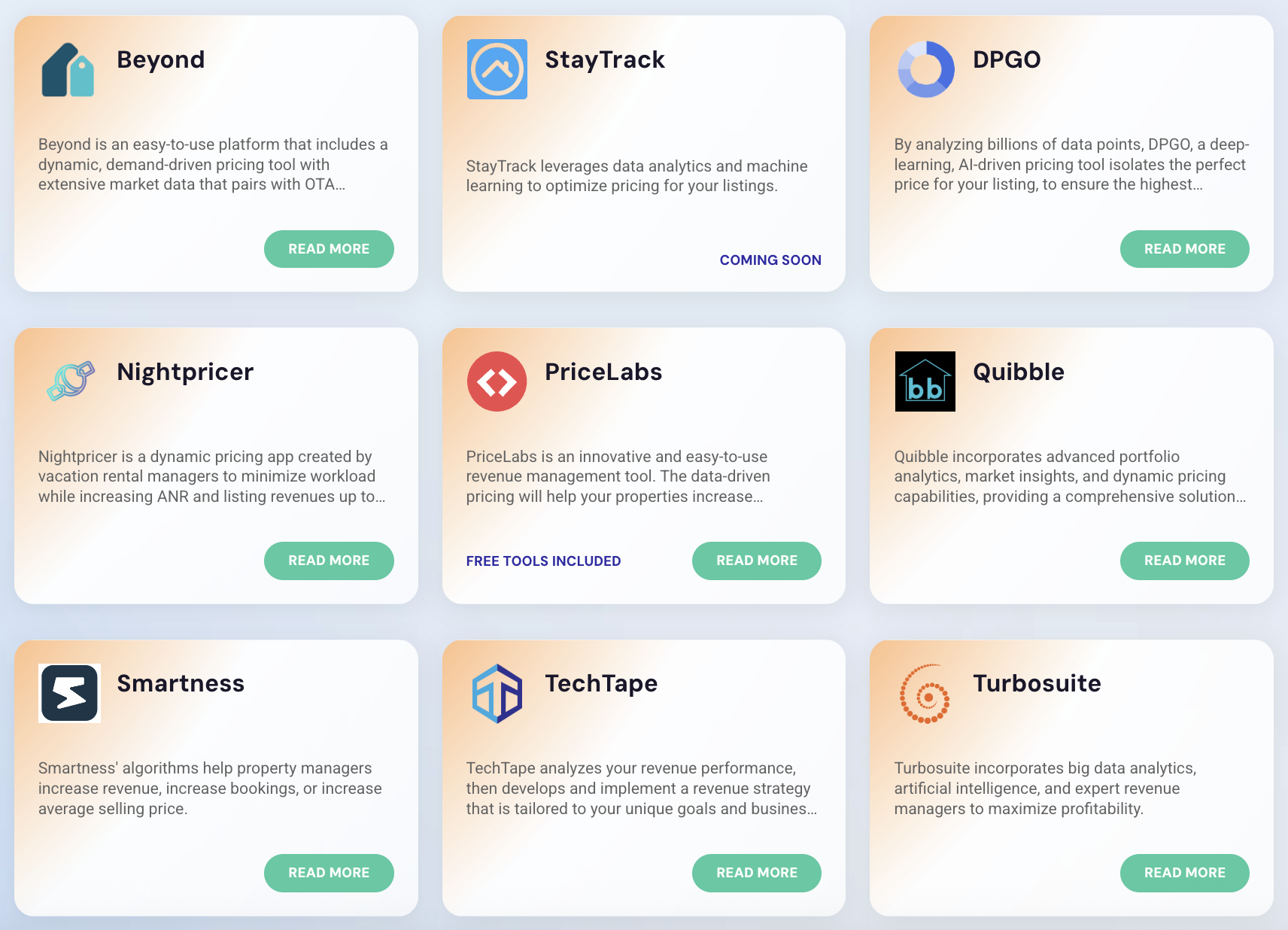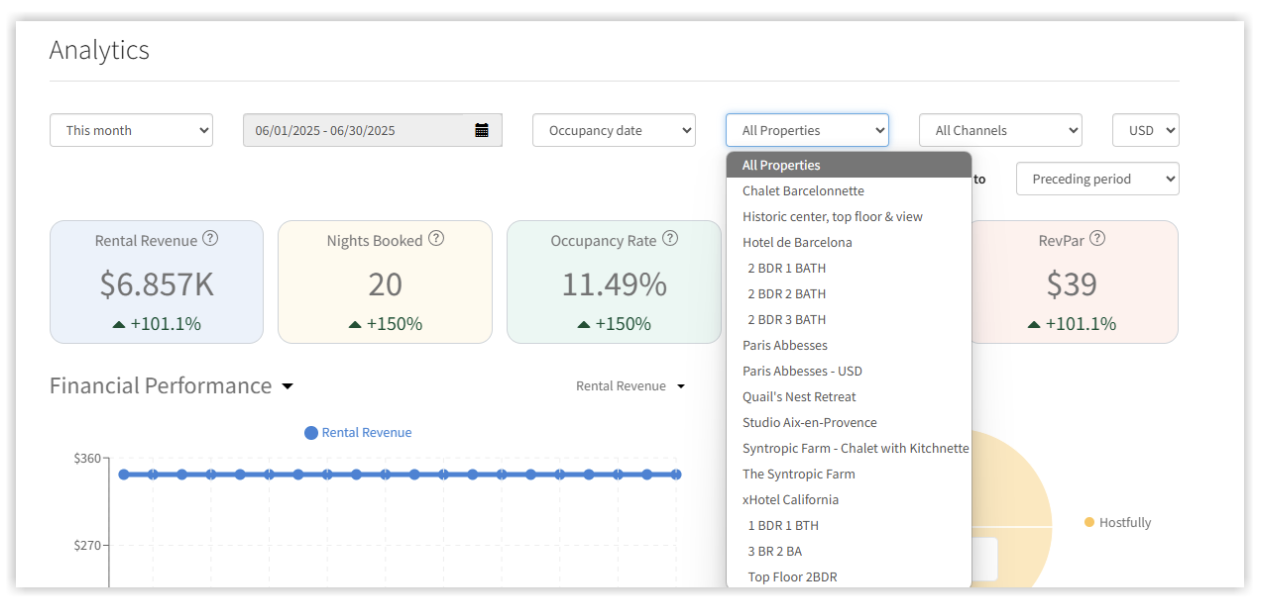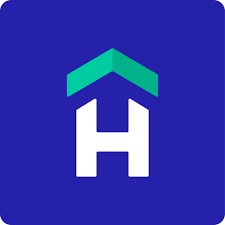As a host, your knowledge of your short-term rental business is invaluable. But if you are not using Airbnb’s built-in analytics tools, you could be overlooking key insights about how your listings are performing.
Tracking Airbnb metrics isn’t just about understanding how your property is doing; it’s about discovering areas for improvement and opportunities for expansion. The tools can reveal factors affecting key areas of your business, so you can make smarter, evidence-based decisions rather than relying on trial and error.
In this guide, we explain which Airbnb metrics matter most, what they tell you, and how to make the most of them. We’ve also included insights from two experienced Airbnb operators, Adam Knight and Katie Phelps.
Why tracking Airbnb metrics matters for your success
Airbnb metrics are more than numbers. They help you understand guest behavior, seasonal trends, and financial performance just by looking at your dashboard.
Here’s a look at the main benefits they bring you:
- Monitoring seasonal patterns: Airbnb metrics help you pinpoint your busiest times, so you can organize enough staff and set the right prices.
- Spotting issues before they escalate: Some metrics can reveal issues before they start affecting profits or your business reputation. For example, if one of your listings starts getting negative reviews, you get a chance to investigate and fix it.
- Identifying areas for growth: Similarly, metrics can indicate opportunities to upsell to guests or expand your business.
- Understanding business performance: A wide range of metrics gives you the most comprehensive look at your overall performance across Airbnb listings and locations.
- Making informed strategic decisions: Insights from your Airbnb metrics can inform high-level decisions like where to purchase new properties or which short-term rental markets to expand into.
Essential Airbnb metrics to track
Airbnb data lets you track a variety of metrics, each one revealing something different about how your business is performing. Let’s break down what all these mean and when they matter most.
Occupancy rate
Occupancy rate simply measures the percentage of available nights that have been booked. On Airbnb, it appears as a percentage or chart in the “Insights” section.
A high rate usually suggests that your listing management is effective and pricing is competitive enough to attract guests. On the other hand, a low rating may indicate that you’re overpricing your property, targeting the wrong market, or there’s not enough demand.
The ideal occupancy rate depends on your property type and location. However, market analysis by AirDNA indicates you should aim for at least 60 to 70% across the year to remain profitable.
Cancellation rate
As the name suggests, the cancellation rate is how many confirmed bookings get cancelled. That might be by yourself or guests.
Both types of cancellation can hurt your Airbnb business. Guest cancellations mean you lose income unless you can find someone else to fill the gap in your calendar. And Airbnb charges you up to 20% of the booking value for host cancellations without a valid reason.
Some guest cancellations are normal. But if guests often cancel after booking, perhaps something about your booking process is deterring them from staying at your property. Review your communications to see whether you need to offer more support with the check-in process or adopt a different tone.
Length of stay
Length of stay is exactly what it sounds like: the average number of nights that people book your Airbnb property for.
Many Airbnb hosts focus on filling their calendars to boost their total revenue. But increasing your average length of stay can reduce your turnover costs and help you manage with a leaner team.
Good length of stay varies dramatically between contexts. For example, cities are more likely to attract people on weekend breaks, whereas mountain cabins are better suited to week-long holidays. The best way to check is to compare your average length of stay against similar competitors in the area and see whether you’re lower or higher.
Average daily rate (ADR)
Average daily rate (ADR) shows how much you earn per booked night and suggests how well your pricing strategy is working. If your ADR and occupancy rate are high, this suggests you’ve found the optimal nightly rates for your property.
Understanding how your ADR compares to nearby competitors can give you a more accurate impression of how well you’re performing. If they’re consistently earning more per night, for example, it’s a sign you may be undervaluing your properties.
While Airbnb gives you some competitor data and market insights, they tend to be limited. Instead, use dynamic pricing tools to find trends in ADR in your area and benchmark your property’s performance in real-time.

Booking conversion
Booking conversion is the percentage of people who view your listing and make a reservation. It’s the most useful metric for assessing the quality and effectiveness of your listing.
Airbnb tracks conversions across three stages:
- First page impressions
- Search to conversion rate
- Listing-to-booking conversion rate
Low conversion rates indicate an issue with your listing, such as poor visibility or weak reviews. Try asking someone to search for your rental property on Airbnb and go through the booking process to get to the root cause of the issue. They can tell you how easy it is to find your listing, whether it stands out, and whether any essential details are missing from the page.
Booking lead time
Booking lead time measures the average number of days between when someone books and their check-in date. It shows how far in advance your typical guest plans their stay and helps you anticipate occupancy and adjust your Airbnb pricing.
The main factors affecting lead time include property type, location, and seasonality. People are more likely to book holiday homes in popular destinations for their summer vacation in advance to avoid missing out. They may wait to reserve a spot at your city apartment in the fall or winter months, knowing that something will probably be free.
Katie Phelps, Airbnb Superhost and owner of kpbnb.com, says booking lead time helps her forecast demand. “[It’s] a strong predictor,” she says, “when guests start booking farther out, it usually signals an upcoming high-demand period.”
Views
Views show how often guests click through to your listing from Airbnb search results, making them a useful indicator of visibility and appeal.
Low views suggest that your listing has poor visibility in the algorithm, or it’s not compelling enough to click on. Some simple adjustments can help you fix both issues. Make sure you’re following best practices by using a clear description, high-quality photos, and keywords to describe your property and its amenities.
Read our article on how to rank higher in Airbnb search results for more tips.
Returning guests
Returning guests are the best possible feedback your business can get. They’re a sign that you’re providing an exceptional stay that makes people want to come back instead of trying somewhere new.
Getting a lot of repeat business also helps drive up your profits. You have to do less outreach to get business, and you have more opportunities for direct bookings through your website.
Tip: Encourage guests to return with discounts. Hostfully’s unified inbox enables you to schedule messages for a few days after their stay with an automated code if they book directly.

Wishlist
Wishlist additions show how many guests save your listing to their favorites. A high number indicates your description and pictures are appealing and catch potential guests’ attention. Even if these saves haven’t yet converted into bookings, they signal strong interest and the potential for future reservations.
Guest ratings
Guest ratings are the average score guests give after their stay on a scale of one to five. They offer a quick read on overall satisfaction and help you spot patterns in what guests appreciate or find frustrating.
Airbnb also has ratings per category:
- Overall rating
- Cleanliness
- Accuracy
- Check-in
- Communication
- Location
- Value
CEO of Recreation Stays, Adam Knight, says reviews can help you get to the bottom of low ratings. “We go straight to the written feedback and message history,” he says, “Ratings rarely change without a specific cause, and guest comments usually reveal it. We also review operational incidents, sentiment flags, and noise alerts to triangulate the issue.”
Aim for at least a 4.5 or above to keep attracting guests to your property. For even more visibility, consistently maintain a 4.8 or higher to achieve Superhost status and get boosted in the algorithm.
How to make the most of key Airbnb metrics
Tracking metrics only takes you so far. What matters is how you analyze the information and use the information to gain insights into business performance.
Here are some tips for leveraging Airbnb metrics:
Review Airbnb metrics regularly over time
Check your Airbnb metrics regularly, not just when problems appear. Reviewing the dashboard every week or month can help you spot concerning trends early enough to take action.
Metrics like occupancy and lead time fluctuate with seasons and local events. But a sudden drop in bookings can indicate a serious issue and deserves your immediate attention. You never know when a small update to the Airbnb algorithm might lower your visibility and cause you to lose business.
Change your approach over time
Review and adapt your strategy as your business practice evolves. You’re likely to need a new approach or different tools if your operations become more complex.
Knight says he stopped relying so much on the Airbnb dashboard and started to consider more factors. “As our portfolio expanded across multiple markets, I shifted toward interpreting the numbers in context,” he says, “Identical metrics can mean very different things depending on the season and the market. Now, Airbnb’s data is a starting point that gets layered with pacing, comps, and broader demand indicators.”
On the other hand, Phelps says she refined her approach. “Early on, I watched almost every metric obsessively,” she says, “Over the years, I’ve learned which ones actually move the needle. Now, I focus on only a handful: reviews, occupancy, and booking lead time, because they directly reflect guest experience and revenue health.”
Go beyond the data
Avoid relying on metrics too much, as they can’t tell you the whole story. Many unpredictable factors can distort the data. For example, a transport strike might increase cancellations one month, but that’s not a strong enough reason to overhaul your business model.
Knight says he considers a wide range of factors, including guest sentiment and the local Airbnb market. “A property can look fine on paper and still underperform if photography is weak or if a competitor renovates,” he says, “The strongest insights usually come from what you observe directly.
Consider metrics in context
Don’t focus on a single metric at the cost of another. As much as possible, track metrics together to get the most complete picture of your business performance.
ADR and occupancy are a classic example. Lowering your rates is a surefire way to boost occupancy, but it reduces your ADR and overall profitability. And raising your rates to increase ADR may mean fewer people are prepared to pay the rates for your property.
The best strategy is often to find the right balance between two metrics. In this example, hosts should find the optimal rate to drive bookings while still paying all their business expenses and turning a profit.
Expand your capabilities with a Property Management System (PMS)
Do you list on multiple channels? Invest in a Property Management System (PMS) like Hostfully to access more data points, such as RevPar and net income, and centralize information across listing sites.
Consolidating your data makes it easier to get a comprehensive look at performance. You can compare channels to see where you’re getting the most bookings and analyze trends over time. This helps you see when to double down on your Airbnb strategy and when to explore opportunities on other platforms.
Knight says she uses Airbnb’s metrics as a foundation but relies on her own tools and records. “Airbnb gives helpful visibility, but third-party tools and other short-term rental platforms offer deeper context, like competitor pricing and market-wide demand. Pairing both gives a clearer picture and helps me avoid underpricing during busy windows or overpricing during shoulder seasons.”

Keep your Airbnb performance on track with Hostfully
Airbnb’s analytics show how your listings perform, but understanding the numbers is what matters most. By analyzing key metrics like occupancy, booking conversion, and guest ratings, you can make smarter decisions about your business.
Hostfully helps you go further by tracking metrics across all your listings and properties. Our data analytics tools enable you to:
- Sync with popular listing sites to consolidate information
- Integrate with popular dynamic pricing and turnover tools
- View performance in one centralized dashboard
- Create reports for yourself and owners
- Filter by property, channel, date range, and more
With Hostfully, you can stop chasing numbers and start using data strategically to grow your vacation rental business.
FAQs on Airbnb metrics
Does Airbnb provide tools to track my metrics?
Yes, Airbnb’s host dashboard includes an “Insights” section that tracks data such as occupancy, views, conversion, and earnings. You can filter by date range, listing, and market comparisons.
What are the metrics for Airbnb ranking?
Airbnb’s algorithm considers performance signals including guest ratings, response rate, conversion, and cancellation rate, as well as location and guest behavior. While not all factors are under your control, using strong data analytics to maintain strong metrics helps improve your listing’s visibility.
How much does corporate housing typically cost?
Corporate housing depends on the property type, location, and services included. For example, a full house in a desirable location with concierge services is likely to cost more than a single-bedroom apartment with basic amenities. While prices range, you can expect to charge clients around $2,500 to $6,000 per month.



